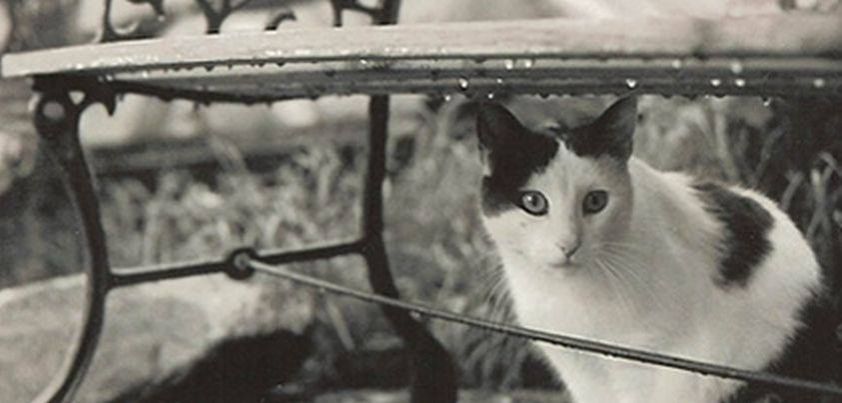 On the surface, this story by Ernest Hemingway is a simple tale about a couple spending a rainy afternoon in a hotel room during an Italian holiday. The woman feels pity for a cat trying to stay dry under an outside table. Readers often interpret this as a symbol of the woman feeling trapped in an empty relationship. Possible causes include a lack of mutual love and respect, incompatibility, and the woman’s childishness and greed. Themes include the aftermath of war, kindness, communication breakdown, isolation and loneliness, boredom and disappointment, gender roles and femininity, dissatisfaction and unfulfilled desires.
On the surface, this story by Ernest Hemingway is a simple tale about a couple spending a rainy afternoon in a hotel room during an Italian holiday. The woman feels pity for a cat trying to stay dry under an outside table. Readers often interpret this as a symbol of the woman feeling trapped in an empty relationship. Possible causes include a lack of mutual love and respect, incompatibility, and the woman’s childishness and greed. Themes include the aftermath of war, kindness, communication breakdown, isolation and loneliness, boredom and disappointment, gender roles and femininity, dissatisfaction and unfulfilled desires.
Cat in the Rain Text / PDF / Audio (1,150 words)
General Comments
According to the book Hemingway’s Cats: An Illustrated Biography, this story is based on a true event in 1923 when Hemingway’s first wife, Hadley, found a kitten that had been hiding under a table in the rain. Hemingway had always said that this was not the case. In a 1925 letter to fellow writer F. Scott Fitzgerald, he wrote that the story was about a “Harvard kid and his wife” whom he had once met in Genoa. However, sometimes people deny things that are too close to the truth.
How much the American couple’s relationship resembles that of the Hemingways at the time is a matter of conjecture. There is one obvious difference. The ‘girl’ in the story is much younger than her husband, whereas Hadley was eight years older than Hemingway. However, this could be explained by a difference in life experiences. Although only twenty-two at the time, Hemingway was already a ‘man of the world’. Hadley, at thirty, had led a sheltered and largely reclusive life.
There are also obvious similarities. The girl in Cat in the Rain desperately wants a child and place to call her own. Her husband is not responsive to these needs. Hadley also wanted to settle down, have a pet cat (they both loved them), and start a family. Hemingway is on record as having said that he was too young to be a father.
Around the time of the ‘cat event’, Hadley announced an ‘unplanned’ pregnancy. Cat in the Rain was written in 1924, five months after their baby was born. It is interesting to note that in another famous Hemingway story, Hills Like White Elephants, we are led to believe that the central characters are discussing an abortion. The girl’s name in that story is given as “Jig”, but in the earliest known draft it is said to have been “Hadley”.